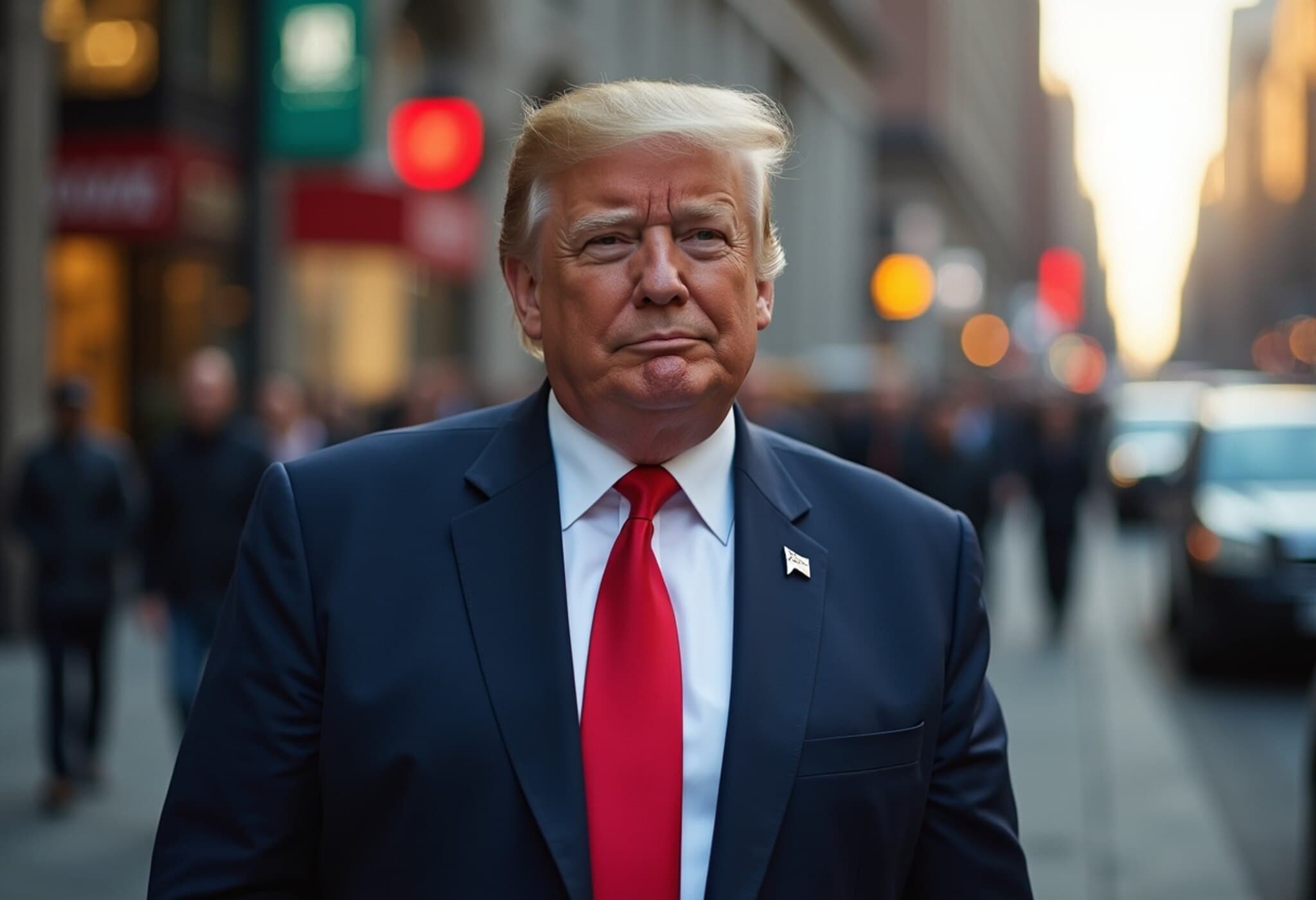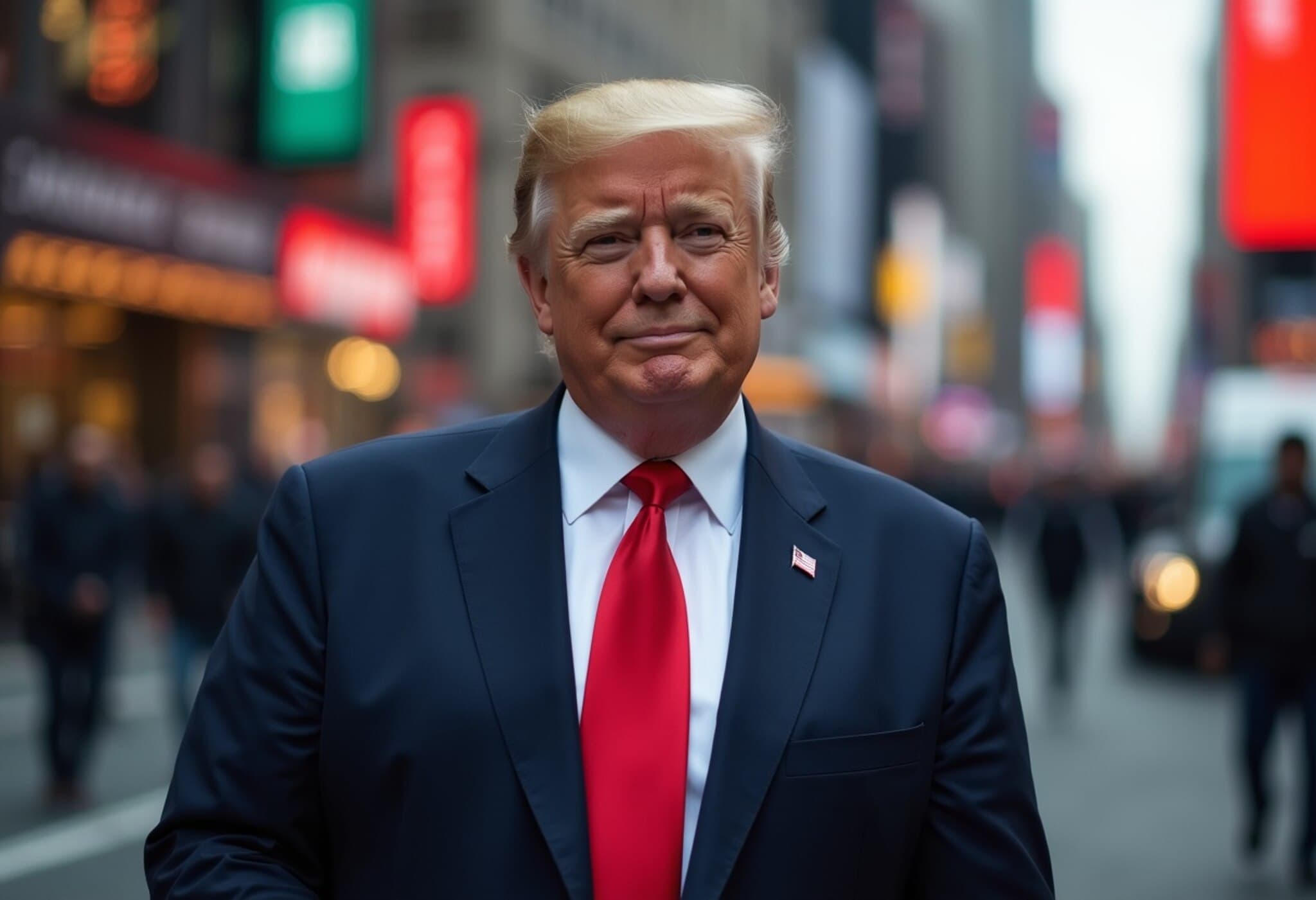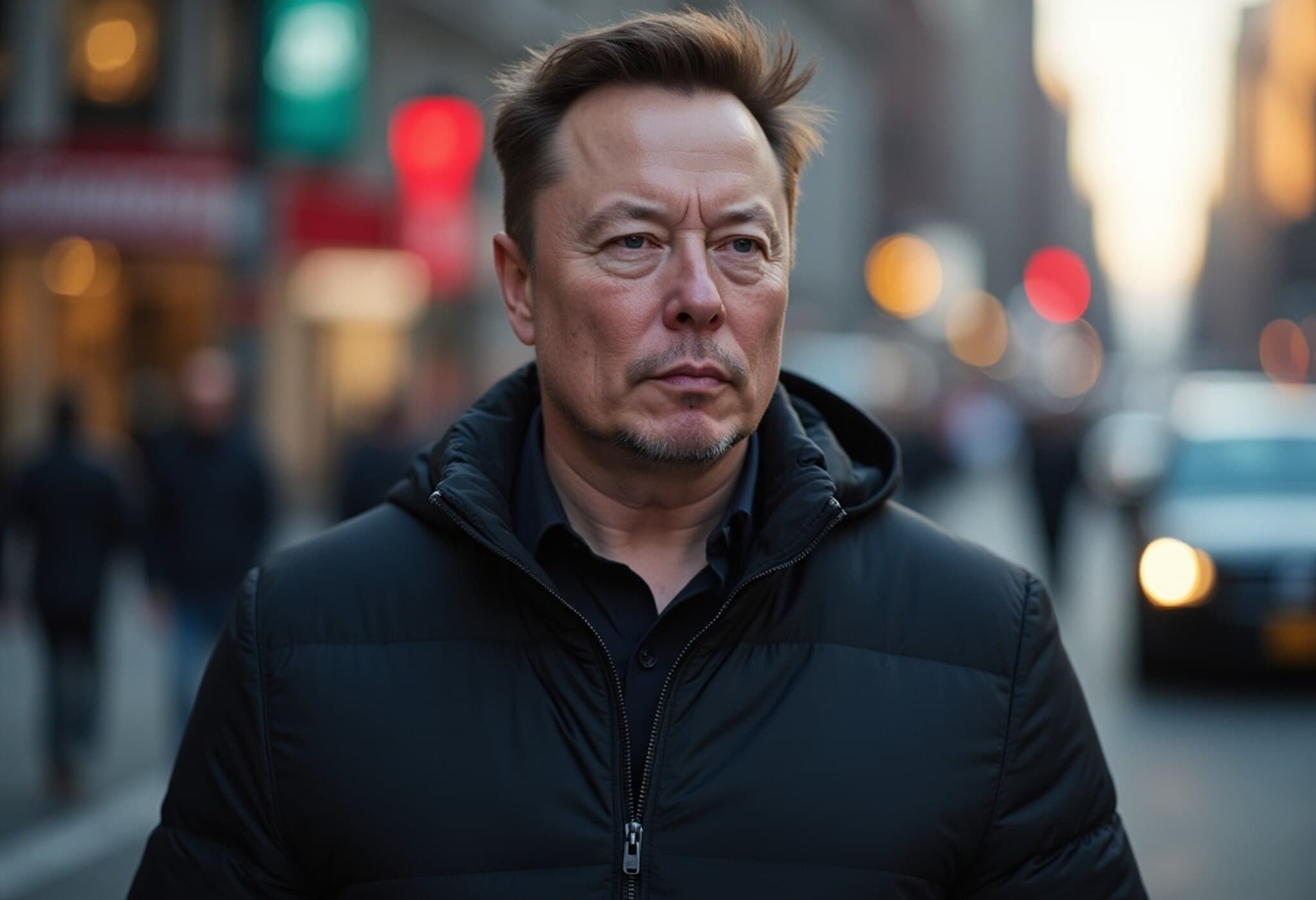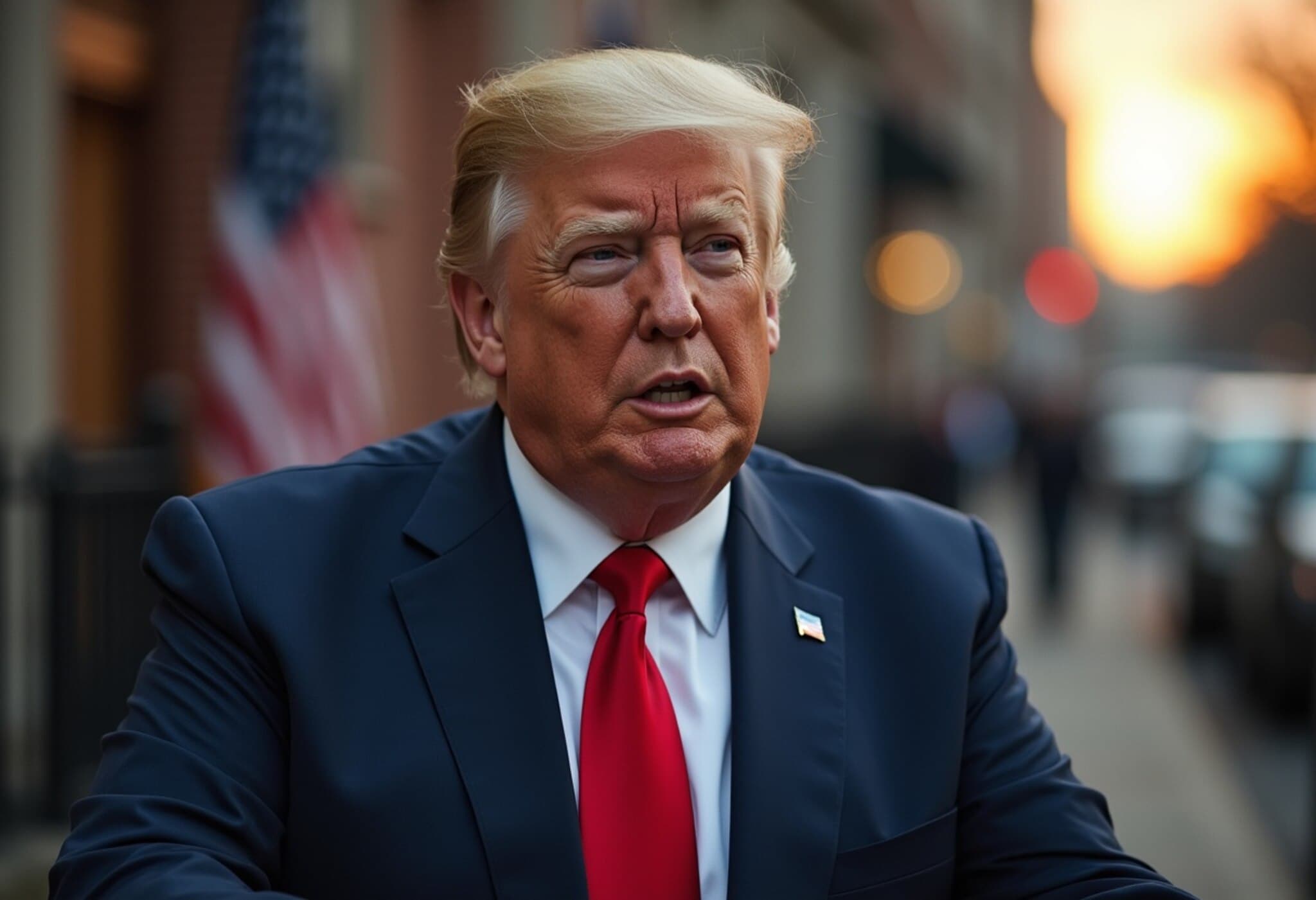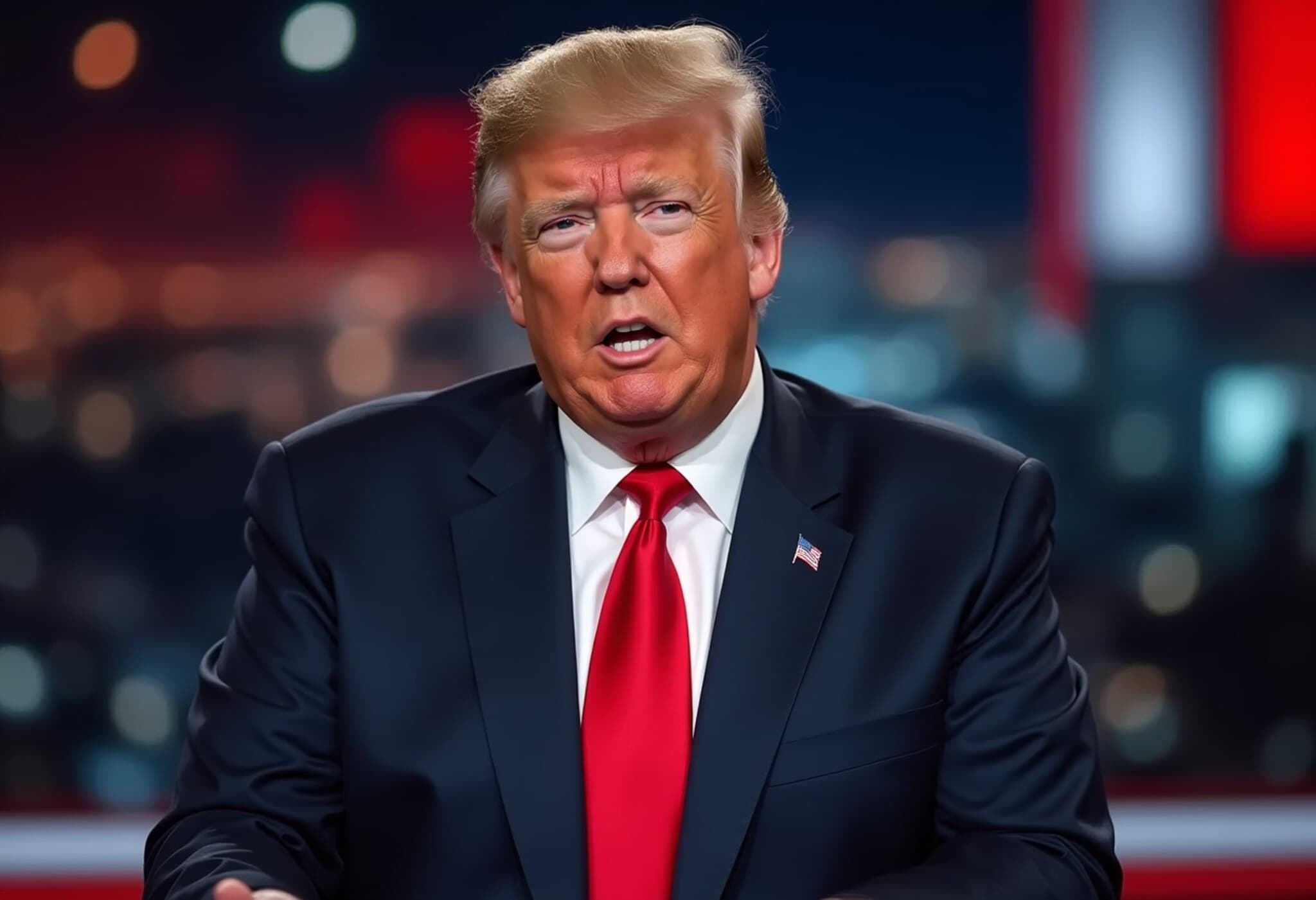Trump Announces Sweeping 100% Tariffs on Semiconductor Imports
In a move that could reshape the semiconductor industry, U.S. President Donald Trump declared plans to impose a 100% tariff on imports of semiconductors and chips, sparking intense debate and speculation. While this aggressive tariff aims to bolster domestic manufacturing, it notably exempts firms "building in the United States," a proviso that immediately raises critical questions about its scope and economic impact.
Semiconductors form the bedrock of the global digital economy—from smartphones to electric vehicles, cloud computing to artificial intelligence. The sector's intricate supply chains are deeply intertwined internationally, so any tariffs in this space reverberate far beyond U.S. borders.
Key Details Still Veiled in Ambiguity
Despite President Trump's announcement on August 6, 2025, many specifics remain unclear. Experts caution that without clarity on who precisely qualifies for exemptions and what types of imports will be affected, the broader consequences remain speculative.
Ray Wang, Research Director at The Futurum Group, remarked, "The final rule is likely still being drafted, and the technical details are far from clear at this point. It’s premature to fully assess how semiconductor manufacturers and consumers will be impacted." This caveat underscores how crucial regulatory detail will be for market actors scrambling to interpret and respond to the move.
Will Big Players Gain an Edge at the Expense of Smaller Firms?
A central question is the criteria defining "building in the United States." Since 2020, giants like TSMC, Samsung, and Intel have funneled hundreds of billions into U.S.-based fabrication plants. If exemptions apply predominantly to these major investors, the policy may inadvertently consolidate market dominance among large chipmakers while placing smaller entities at a competitive disadvantage.
James Sullivan, Managing Director at J.P. Morgan, explained on CNBC’s "Squawk Box Asia" that the tariff could accelerate concentration within the semiconductor industry, favoring companies with established U.S. manufacturing footprints.
The stock market has responded accordingly: shares of TSMC, Samsung, and SK Hynix—each with substantial U.S. investments—rose following the announcement. Earlier this year, TSMC revealed plans to ramp U.S. investments to $165 billion, reinforcing the strategic geopolitical shift to a more localized supply chain.
What Exactly Will Be Tariffed?
Beyond exemptions, the tariff’s breadth remains a puzzle. Stacy Rasgon, Senior Semiconductor Analyst at Bernstein, pointed out that most semiconductors imported into the U.S. are embedded in consumer products such as smartphones, cars, and PCs.
- In 2024 alone, the U.S. imported $46.3 billion in semiconductors, representing roughly 1% of all U.S. imports.
- It’s unclear if tariffs will apply solely to raw chips or if they will extend to end-user products and component parts within devices.
Rasgon highlighted the complexity: "Are tariffs going to apply to end devices, or components within those devices? The current ambiguity creates uncertainty for manufacturers and consumers alike." The concern is that broad interpretations could entangle vast portions of the tech supply chain in punitive tariffs.
Interconnected Supply Chains Complicate Enforcement
The semiconductor ecosystem’s global nature complicates tariff enforcement. For example, Qualcomm designs chips in the U.S., which are then fabricated by TSMC in Taiwan before being imported back into America. Does the exemption for manufacturers "building in the U.S." extend to fabs abroad owned by companies with U.S. operations?
Such questions underscore the tangled web of technology outsourcing that underpins today's electronics. The policy’s design could have profound implications for corporate strategies and trade relations.
Geopolitical and Economic Stakes
The unveiling of these tariffs comes amid ongoing U.S.-China tensions and a growing push to establish a resilient, localized semiconductor supply chain. The Biden administration, alongside industry leaders, has advocated for similar aims through legislative efforts like the CHIPS Act, targeting $52 billion in funding for domestic semiconductor research and manufacturing.
Apple’s CEO Tim Cook, appearing alongside President Trump at the White House, announced plans to source chips from Samsung’s Texas plant, committing an additional $100 billion in U.S. investments. Apple’s total commitments now approach $600 billion over four years—a testament to shifting tides favoring reshored production.
Furthermore, cloud providers essential to the U.S.’s AI strategy, including Amazon Web Services and Microsoft Azure, rely heavily on semiconductors. Any tariff policies affecting chip availability or cost could ripple across industries critical to national security and technological supremacy.
Editor’s Note: Navigating the Semiconductor Tariff Labyrinth
President Trump’s bold announcement signals a firm stance on protecting and growing U.S. manufacturing but walks a fine line between industrial policy and trade disruption. The semiconductor sector’s complexities demand transparent, well-defined policy to avoid unintended consequences that could stifle innovation or fracture supply chains.
Key takeaways for stakeholders include:
- Clarification needed: Who qualifies for tariff exemptions and which products are targeted?
- Market consolidation risks: Smaller players may be squeezed out if exemptions favor large corporations exclusively.
- Global supply chain intricacies: Enforcement mechanisms must consider multinational production processes.
- Economic ripple effects: Tariffs could impact consumer prices, AI development, and U.S. tech competitiveness.
As regulations unfold, industry players, policymakers, and consumers alike must scrutinize these developments carefully. The stakes are high—not only for American manufacturing but for the global digital economy’s evolution.








